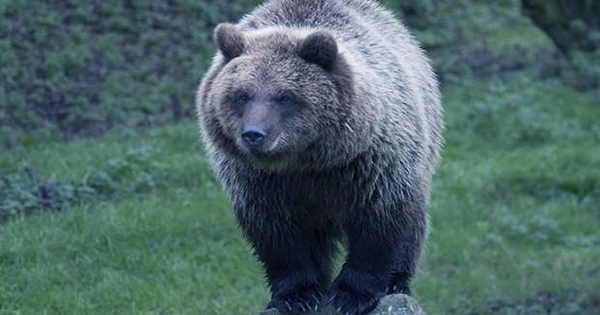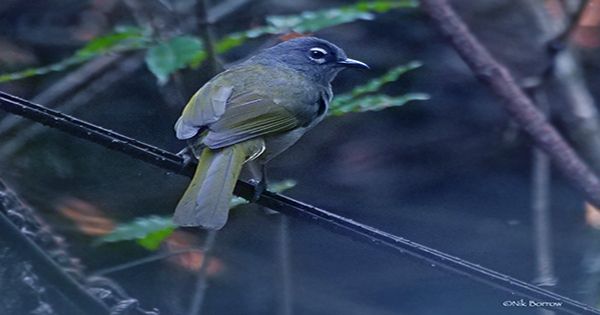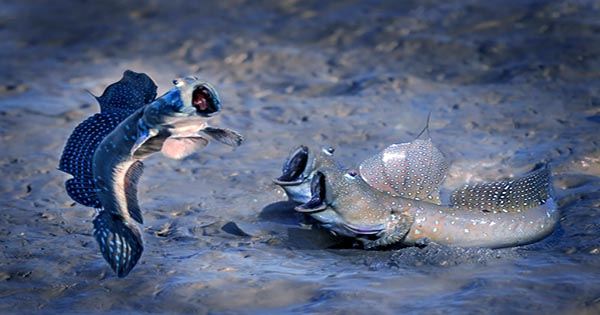Research in Norrbotten, northern Sweden, observed and monitored a number of particularly aggressive brown bears, including one who killed 38 newborn reindeer one month and 18 young moose the following. The bear was one of 15 that had GPS collars attached to them. 2,500 mature female reindeer were also fitted with proximity collars to alert them to any contacts between the two species.
The bears tracked for two years in the study, which was published in the journal Diversity. They discovered that many of the more predatory bears used an “active hunting strategy,” chasing reindeer grounds during reindeer calving season before migrating to moose habitats for calving season. The more aggressive bears killed more than 20 newborn reindeer and 5 newborn moose during the peak of each calving season. The bear that murdered 38 baby reindeer in a month was the most effective.

“We discovered that brown bears moved habitats during pre-calving, reindeer calving, moose calving, and post-calving times,” said Dr Antonio Uzal Fernandez, a wildlife conservation researcher at Nottingham Trent University’s School of Animal, Rural, and Environmental Sciences. “It’s apparent that highly predatory bears were reflecting reindeer and moose land cover types and overlapping with seasonally available and susceptible prey.” This method demonstrates that brown bears have an active hunting strategy in the spring when their diet is more dependent on animal protein than it is the rest of the year.”
This was not the case for all of the bears in the research. “Interestingly, throughout all research periods, high and low predatory bears chose habitats differently, with just a few areas picked or avoided by both groups,” Fernandez said. According to co-author Andres Ordiz, a conservation biologist at the University of León, the difference in predatory behavior across the individuals explained the variation in their chosen habitats throughout the year. “From a managerial standpoint, individual differences are equally essential,” Ordiz remarked. “Simply removing predators without targeting specific individuals, for example, may not always minimize conflict.”
Predators kill roughly 30% of reindeer calves during calving season, according to the authors, whereas newborn moose make up about 44% of the bears’ diet during spring in south-central Sweden. The researchers believe the bears have learned the regular movements of reindeer throughout the seasons, and they hope that this tracking data – as well as proximity data – can be used to predict potential hotspots for conflict between the two species, allowing reindeer farmers, for example, to take preventative measures.
















